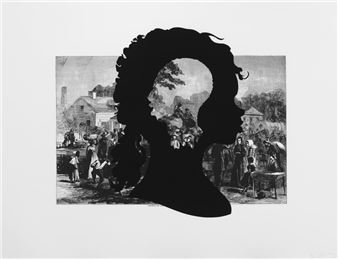Sex politics of marginal cinema: 1970s and ’80s
In the 1970s and early 1980s there was an area of personal, political and cinematographic creation and experimentation that centred its discourse on dissident sexualities. The curator Alberto Berzosa calls this scene cinematographic sex politics. It is a small, heterogeneous context that is developing in various parts of the country and is defined by the convergence of three levels of marginality (social, political and cinematographic) shared by film directors such as Pedro Almodóvar, Esteve Rovira, Pierrot, Carles Comas, Rafael Gasent, Lluís Fernández, Antonio Maenza, the Els 5 QK’s collective and Barcelona Súper 8, and artists and activists such as Pérez Ocaña and Rampova.
The show provides a survey of the processes of creation and political resistance that have emerged in cinematographic sex politics through a selection of items of material culture produced in this marginal area.

In the 1970s and early 1980s there was an area of personal, political and cinematographic creation and experimentation that centred its discourse on dissident sexualities. The curator Alberto Berzosa calls this scene cinematographic sex politics. It is a small, heterogeneous context that is developing in various parts of the country and is defined by the convergence of three levels of marginality (social, political and cinematographic) shared by film directors such as Pedro Almodóvar, Esteve Rovira, Pierrot, Carles Comas, Rafael Gasent, Lluís Fernández, Antonio Maenza, the Els 5 QK’s collective and Barcelona Súper 8, and artists and activists such as Pérez Ocaña and Rampova.
The show provides a survey of the processes of creation and political resistance that have emerged in cinematographic sex politics through a selection of items of material culture produced in this marginal area.

 ARTISTS
ARTISTS











